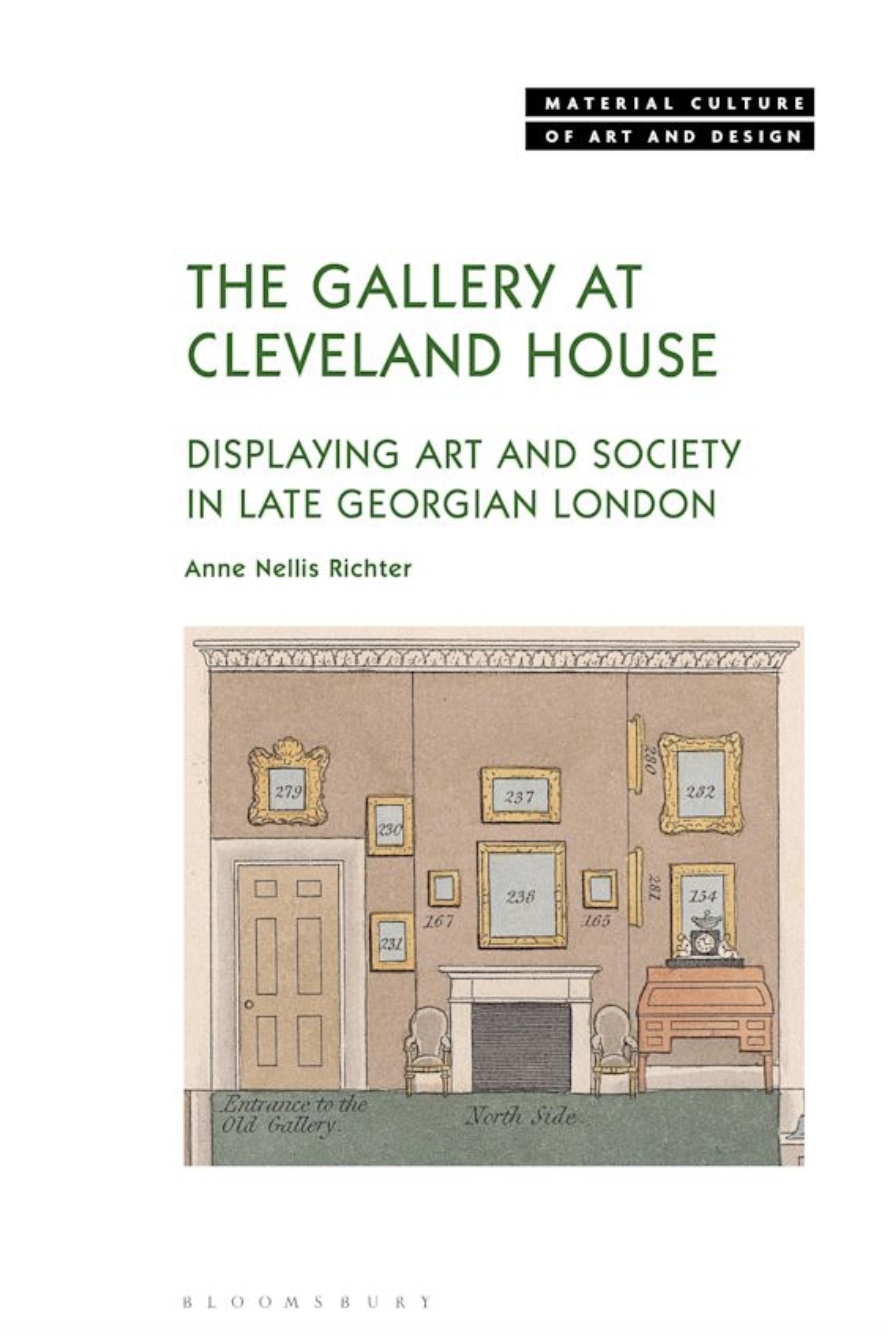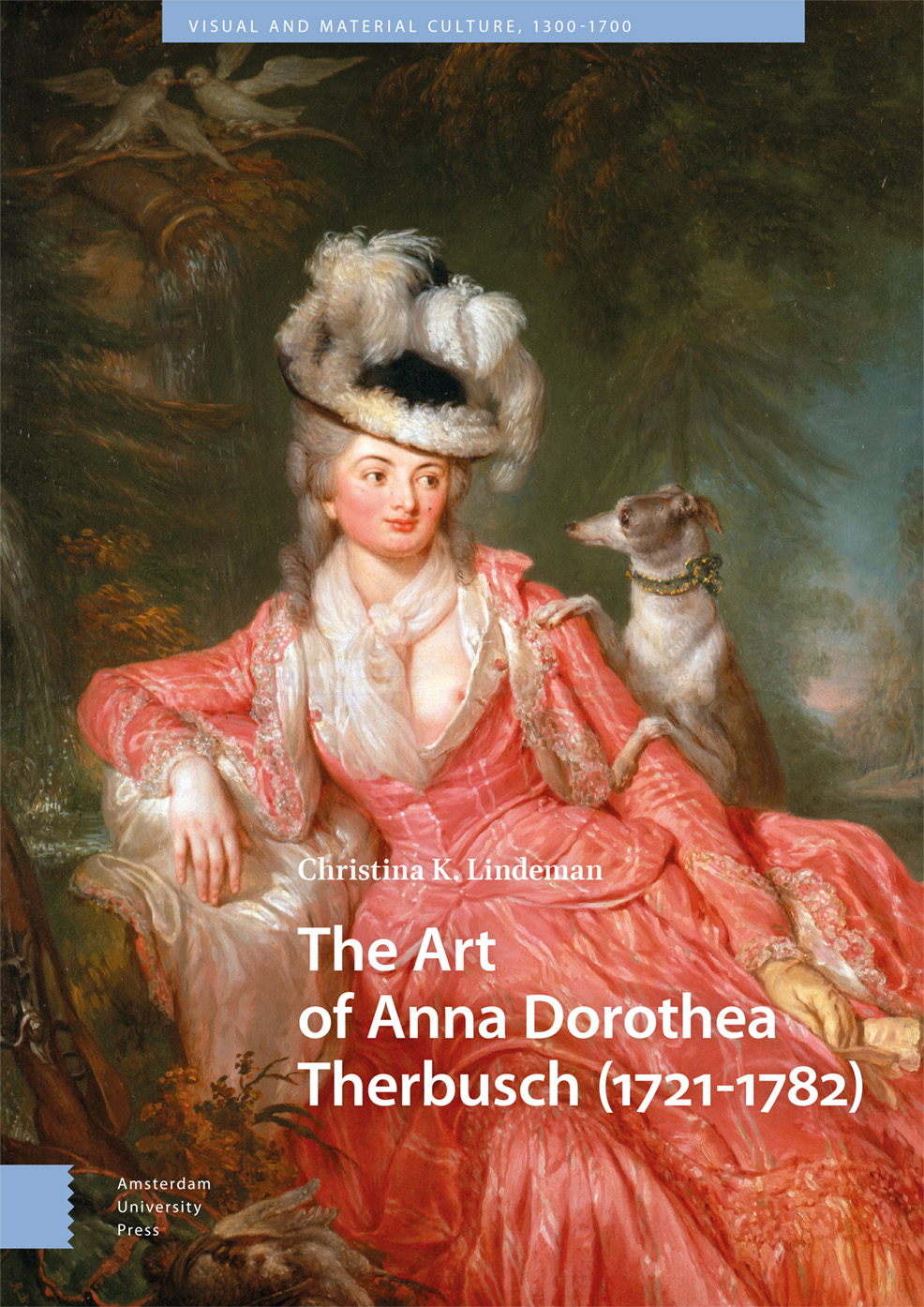Research Seminar | Katherine Gazzard on Portraiture and the Royal Navy
From The Mellon Centre:
Katherine Gazzard | Naval Gazing: Portraiture and the Royal Navy
Online and in-person, Paul Mellon Centre, London, 19 June 2024, 5pm

Joshua Reynolds, Portrait of George Edgcumbe, 1749 (Greenwich: National Maritime Museum, BHC2677).
Part of the series Out to Sea, which focuses on the influence of oceans and their coasts in relation to Britain and its global empire, on visual and architectural imagination, and production.
Joshua Reynolds’s portrait of naval officer George Edgcumbe (1749, National Maritime Museum) can be split into two zones: a maritime zone on the left, containing the young captain’s warship afloat in Plymouth Sound; and an architectural zone on the right, where ivy-covered columns evoke his Cornish country estate. Edgcumbe’s body straddles the divide, symbolising his ability to move between the worlds of naval service and aristocratic society. He wears the Royal Navy’s first-ever official uniform, introduced only months before. Perched above his shoulder is an African long-tailed paradise whydah bird, a souvenir from his travels. Positioning its sitter at the intersection of social, institutional, sartorial, local, national, and global concerns, this portrait serves as an introduction to the complex currents that have shaped the representation of naval personnel in British art. To what extent can naval portraiture be understood as a distinctive genre? What were its conventions, and how did they emerge?
In answering these questions, this talk by Katherine Gazzard will chart a visual and conceptual journey from the beach to the boardroom. Naval portraiture emerged in the eighteenth century as a genre that looked ‘out to sea’, employing coastal settings to symbolise colonial expansion, maritime trade and even the transgression of social norms. Through public display and reproduction, many portraits became known outside of naval circles, sometimes assuming immense cultural or political significance. Yet, over time, the focus of naval portraiture turned inward. Displayed in mess rooms and Admiralty corridors, portraits legitimised particular manifestations of authority within the Royal Navy and visually reinforced the service’s institutional and bureaucratic structures. This journey through the history of ‘naval-gazing’ invites us to reflect on how portraits can cross between private, public and institutional realms and what happens when they do.
Katherine Gazzard is Curator of Art (post-1800) at Royal Museums Greenwich. Through her research and curatorial work, she explores the interconnections between British art and the maritime world. She has previously taught art history and museum and gallery studies at the University of East Anglia, where she obtained her PhD in 2019. Her thesis explored the representation of naval officers in eighteenth-century British portraiture. She is the author of The Art of Naval Portraiture, published in March 2024.
Respondent: Sara Caputo is Senior Research Fellow and Director of Studies at Magdalene College, British Academy Postdoctoral Fellow at the Department of History and Philosophy of Science, and Affiliated Lecturer at the Faculty of History, University of Cambridge. Caputo specialises in the social and cultural maritime history of the eighteenth and nineteenth century, with particular focus on transnational migration, health and medicine, and mapping. Her first book, Foreign Jack Tars: The British Navy and Transnational Seafarers during the Revolutionary and Napoleonic Wars, was published by Cambridge University Press in 2022. Her second book, titled Tracks on the Ocean: A History of Trailblazing, Maps and Maritime Travel, will appear with Profile Books and The University of Chicago Press in summer 2024.
New Book | The Art of Naval Portraiture
From Royal Museums Greenwich:
Katherine Gazzard, The Art of Naval Portraiture (Greenwich: National Maritime Museum, 2024), 224 pages, ISBN: 978-1739154202, £30 / $45.
 From elite officers to ordinary sailors, the portrayal of naval personnel has been a significant branch of British art for over 500 years. The National Maritime Museum, Greenwich holds the largest collection of naval portraits in the world, including over 600 paintings and many more prints and drawings, spanning from the sixteenth century to the present day. These portraits reveal how the Royal Navy was viewed at different moments in history and grant us access to individual stories, revealing the concerns and aspirations of people and families caught up in naval affairs. Many are also innovative and important works of art. For centuries, naval portraits have forged, reinforced, and challenged ideas of gender, heroism, and loyalty. They have functioned as icons of empire, demonstrations of professionalism, and personal mementos for loved ones. While charting the historical evolution of the Royal Navy’s image and explaining the meaning of common naval symbols—from anchors, cannons, and swords to uniforms, medals, and badges—this book also tells the stories of specific artists, sitters, and collectors, and of the places where portraits were made and displayed, from private homes to public exhibitions, and ultimately the museum itself.
From elite officers to ordinary sailors, the portrayal of naval personnel has been a significant branch of British art for over 500 years. The National Maritime Museum, Greenwich holds the largest collection of naval portraits in the world, including over 600 paintings and many more prints and drawings, spanning from the sixteenth century to the present day. These portraits reveal how the Royal Navy was viewed at different moments in history and grant us access to individual stories, revealing the concerns and aspirations of people and families caught up in naval affairs. Many are also innovative and important works of art. For centuries, naval portraits have forged, reinforced, and challenged ideas of gender, heroism, and loyalty. They have functioned as icons of empire, demonstrations of professionalism, and personal mementos for loved ones. While charting the historical evolution of the Royal Navy’s image and explaining the meaning of common naval symbols—from anchors, cannons, and swords to uniforms, medals, and badges—this book also tells the stories of specific artists, sitters, and collectors, and of the places where portraits were made and displayed, from private homes to public exhibitions, and ultimately the museum itself.
Katherine Gazzard is the Curator of Art (post-1800) at Royal Museums Greenwich. She has taught courses on art history and museum studies for the University of East Anglia and Yale University. Her research focuses on eighteenth-century British art, especially portraiture and the cultural history of the Royal Navy.
New Book | Tracks on the Ocean
Coming this fall, from The University of Chicago Press:
Sara Caputo, Tracks on the Ocean: A History of Trailblazing, Maps, and Maritime Travel (Chicago: The University of Chicago Press, 2024), 352 pages, ISBN: 978-0226837925, $38.
An engaging look at ocean routes’ complicated beginnings and elusive impact.
 Sara Caputo’s Tracks on the Ocean is a sweeping history of how we have understood routes of travel over the ocean and how we came to represent that movement as a cartographical line. Focusing on the representation of sea journeys in the Western world from the early sixteenth century to the present, Caputo deftly argues that the depiction of these lines is inextricable from European imperialism, the rise of modernity, and attempts at mastery over nature. Caputo recounts the history of ocean tracks through an array of lively stories and characters, from the expeditions of Captain James Cook in the eighteenth century to tracks depicted in Moby Dick and popular culture of the nineteenth century to the use of navigational techniques by the British navy. She discusses how tracks evolved from tools of surveying into tools of surveillance and, eventually, into paths of environmental calamity. The impulse to record tracks on the ocean is, Caputo argues, reflective of an ongoing desire for order, schematization, and personal visibility, as well as occupation and permanent ownership—in this case over something that is unoccupiable and impossible to truly possess. Both beautifully written and deeply researched, Tracks on the Ocean shares how the lines drawn on maps tell the audacious and often tragic and violent stories of ocean voyages.
Sara Caputo’s Tracks on the Ocean is a sweeping history of how we have understood routes of travel over the ocean and how we came to represent that movement as a cartographical line. Focusing on the representation of sea journeys in the Western world from the early sixteenth century to the present, Caputo deftly argues that the depiction of these lines is inextricable from European imperialism, the rise of modernity, and attempts at mastery over nature. Caputo recounts the history of ocean tracks through an array of lively stories and characters, from the expeditions of Captain James Cook in the eighteenth century to tracks depicted in Moby Dick and popular culture of the nineteenth century to the use of navigational techniques by the British navy. She discusses how tracks evolved from tools of surveying into tools of surveillance and, eventually, into paths of environmental calamity. The impulse to record tracks on the ocean is, Caputo argues, reflective of an ongoing desire for order, schematization, and personal visibility, as well as occupation and permanent ownership—in this case over something that is unoccupiable and impossible to truly possess. Both beautifully written and deeply researched, Tracks on the Ocean shares how the lines drawn on maps tell the audacious and often tragic and violent stories of ocean voyages.
Sara Caputo is a senior research fellow and director of studies in history at Magdalene College, University of Cambridge. She is the author of Foreign Jack Tars: The British Navy and Transnational Seafarers during the Revolutionary and Napoleonic Wars.



















leave a comment